


It turned out there were 3 of these great little spaces at the back of the show for installation so I spent most of the day there trying to put together a little piece with all the bits I had brought with me in case of such a situation. Here is what I nearly showed

..sadly it looked better in photos than in real life. My other idea was to use a star projector torch with the circular mirror and a few hanging balls but in the process of putting it together I dropped the mirror and at that point decided it was never meant to be..
(I still have the broken pieces of the mirror that fit together into a circle - quite interesting, I could still do something with them.)
I think with the right materials it would have been quite easy to make something presentable.. I realised that exhibitioning your work is very different to working for yourself. The 'commercial' look is easy to imitate, but it doesn't have a guaranteed amount of depth or love gone into it. I made a decision that day that I will only exhibit work where I have genuinely tried to give something back to the audience. I know only too well the feeling of being cheated in an exhibition, and it's easily done. My experiment footage that I showed, with the line of circular frames - if I had seen that I would feel cheated. End of ramble.
So on reflection the exhibition was very useful for furthering my own ideas of what kind of artist I would like to be, while also being a learning experience for how work changes once you take it out of the studio. It was really fun and I feel so lucky to have been a part of it!
PPD
The exhibition had actually been my back-up work experience, which is lucky because I can no longer do my ten days with the X-Men editing team. They are no longer doing the post production in London! Hopefully I will get some experience with them another time.
Aerogel
I did a little experiment in my room with the aerogel using a coloured torch and my OHP. As I had two pieces I used the one that I had been handling for the experiment, so that I still have one that isn't damaged for later.
I balanced the disk on its side so that it would be a circle. Despite it being made into a disk it does have lots of imperfections on its surface which lent itself to the visual style of planets or very large areas.
I pointed the flashing torch at it which gave some beautiful colourful effects.
(I've made them thumbnails so you can click on them to see them full size)
The problem with this method was that the flashing light was too fast for the shutter on my camera to focus, so they are often blurred. I could probably fix this with a better camera.
The point was that the light look beautiful when shining on it and I could instantly see that it was the makings of a small installation or sculptural piece.
Next I pointed the OHP at it. I spent some time blocking out all the light on the projector except a small circle that lined up with the edges of the aerogel. In the end I had to use paper with a holepunched circle in, as it was the only size that would hit the circle perfectly while in focus.
I experimented with blocking out circles of light to create eclipses.
I got some simple white photos and then experimented with laying colours over the top by painting inks onto acetate and mixing them with quality street wrappers.
I was really pleased with the way the painted texture of the ink translated onto the aerogel because the different patches of colour go through the gel in lines that run all the way through.
Lastly I put the disk in front of the toy glowing orb.
The aerogel doesn't work as a spherical or curved piece but it is very interesting in terms of the way that it captures the light. It was a learning experience working with the aerogel, I now have a better understanding of the substance. It is very very brittle. A few little pieces on the edge left over from when it was moulded fell off, and I happened to rest the camera on them, and the sound was like stepping on broken glass. It is extremely sticky, every piece of dust that it came into contact with is still stuck to it. I tried blowing on it and dusting it with a paintbrush but to no avail. I guess that's why they use it to collect tiny particles in space!
Assessment
I'm hoping to either set up a piece for the assessment or do it beforehand and document it.
The idea is to make an animation that imitates a spinning planet, moving clouds and swirling colours, framing it in a precise circle and focusing it directly onto the edges of the aerogel.
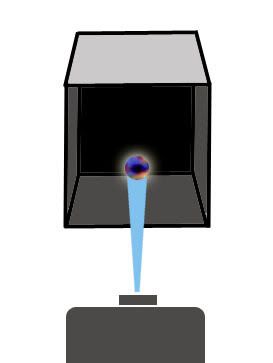
Things that I can use for the footage are clips from the Wonders episodes that I already used, ink on the OHP, ink with water, bleach, actual clouds in the sky and lots of other things! I did a project a little similar for foundation where I made a petri dish...
I quite like it because it relates to a few of my original concepts that I wanted to use. It relates to my 'light in space' idea "I could look at the way light travels, hits things, bounces off, based on the way that it travels through space. I could try putting light through glass spheres, or through various liquids, or quality street wrappers (always a winner). or I could use partial lighting, highlighting the mysteries of space" and also 'light trapped on curved surfaces' "light bends, or refracts, when it moves from one medium to another. In their simplest experiment, they shot laser light at the edge of a solid glass sphere. The angle of the beam was chosen so that the light - initially travelling in air - would be bent just enough when it entered the glass that it would keep reflecting off the inside surface of the sphere, and so travel along it. When the light inside the sphere reflected off its inner surface, some was also transmitted through the glass, creating a glowing ring on the outside surface."
Sophie Clements
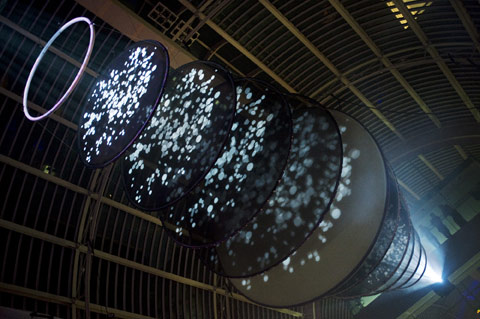
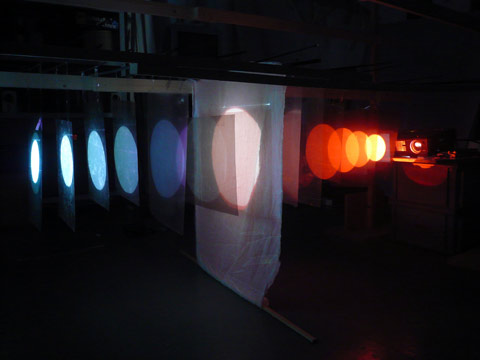
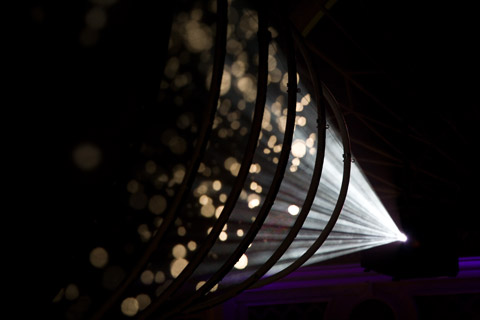
I'm emailing her to ask what material she used because it would be great to recreate the effect of the light fading from layer to layer. It really relates to my idea about the 'cosmic spheres of time'

Bruce Munroe

This has a clear visual link to my own work, but what impresses me about this is how well it has done commercially - the artist was commissioned to put them in the Eden project, V&A amongst other places. Hopefully all the work i'm doing with circles and spheres could lend itself to commercial projects and eventually make some money!


STATEMENT
My work demystifies itself by structural and material means. I expose the process
of making and presenting work. My works are often semi-performative, featuring
reflective supports within the natural environment, both framing and dramatically contrasting their setting. Studio activities are juxtaposed with real life events,exploring and blurring points of separation and overlap. In a multi-layered referential conversation between component materials, I use the devices of kinetic sculptural installation and video projection to question art and illusion,reality and perception.
I thought I had everything pretty much covered with the box! But I started making it and realised I was doing a pretty terrible job.. So instead of making the box I am entering a clear diagram and explanation of it for my folder.

These are some more artists that relate to the idea...
Bruce Nauman

Closed-circuit video installation, B&W, silent
"This work plays with the visitor's expectations of the gallery space and the conduct they instinctively follow there. Nauman presents a white cube that cannot be entered. Instead, visitors are faced with a simple closed-circuit set up - a tail-chasing exercise that is amusing yet unnerving in its implications of ubiquitous surveillance systems." http://www.acmi.net.au/pompidou_bruce_nauman.htm
" The way that narcissism and voyeurism are simultaneously nurtured and frustrated here is reminiscent of Duchamp's Etant donnes except that the spectator (or his counterpart) is also part of what is being looked at."Bruce Nauman - Kunstmuseum Wolfsburg, ArtForum, Nov, 1997 by Jean-Pierre Criqui
"His 'single overriding subject' is 'frustration,'" Schjeldahl - Tales from the cryptic, Peter Plagans.
Dan Graham

"Dan Graham
Time Delay Room
Two rooms of equal size, connected by an opening at one side, under surveillance by two video cameras positioned at the connecting point between the two rooms. The front inside wall of each features two video screens - within the scope of the surveillance cameras. The monitor which the visitor coming out of the other room spies first shows the live behavior of the people in the respective other room. In both rooms, the second screen shows an image of the behavior of the viewers in the respectively other room - but with an eight second delay.
The time-lag of eight seconds is the outer limit of the neuro-physiological short-term memory that forms an immediate part of our present perception and affects this from within. If you see your behavior eight seconds ago presented on a video monitor from outside you will probably therefore not recognize the distance in time but tend to identify your current perception and current behavior with the state eight seconds earlier. Since this leads to inconsistent impressions which you then respond to, you get caught up in a feedback loop. You feel trapped in a state of observation, in which your self-observation is subject to some outside visible control. In this manner, you as the viewer experience yourself as part of a social group of observed observers [instead of, as in the traditional view of art, standing arrested in individual contemplation before an auratic object]."
(Gregor Stemmrich, «Dan Graham,» in Thomas Y. Levin, Ursula Frohne, Peter Weibel (eds.), CTRL[SPACE]. Rhetorics of Surveillance from Bentham to Big Brother, ZKM | Center for Art and Media, Karlsruhe, 2001, The MIT Press, Cambridge, MA, London, 2002, p. 68.)

"Dan Graham Present Continuous Past(s)
The mirrors reflect present time. The video camera tapes what is immediately in front of it and the entire reflection on the opposite mirrored wall. The image seen by the camera (reflecting everything in the room) appears eight seconds later in the video monitor (via a tape delay placed between the video recorder, which is recording, and a second video recorder, which is playing the recording back). If a viewer's body does not directly obscure the lens's view of the facing mirror the camera is taping the reflection of the room and the reflected image of the monitor (which shows the time recorded eight seconds previously reflected from the mirror). A person viewing the monitor sees both the image of himself or herself of eight seconds earlier, and what was reflected on the mirror from the monitor eight seconds prior to that–sixteen seconds in the past (the camera view of eight seconds prior was playing back on the monitor eight seconds earlier, and this was reflected on the mirror along with the then present reflection to the viewer). An infinite regress of time continuums within time continuums (always separated by eight-second intervals) within time continuums is created.
The mirror at right angles to the other mirror-wall and to the monitor-wall gives a present-time view of the installation as if observed from an «objective» vantage exterior to the viewer's subjective experience and to the mechanism that produces the piece's perceptual effect. It simply reflects (statically) present time."
(Doug Hall/Sally Jo Fifer: Illuminating Video – An Essential Guide to Video Art, New York, 1990, p. 186)
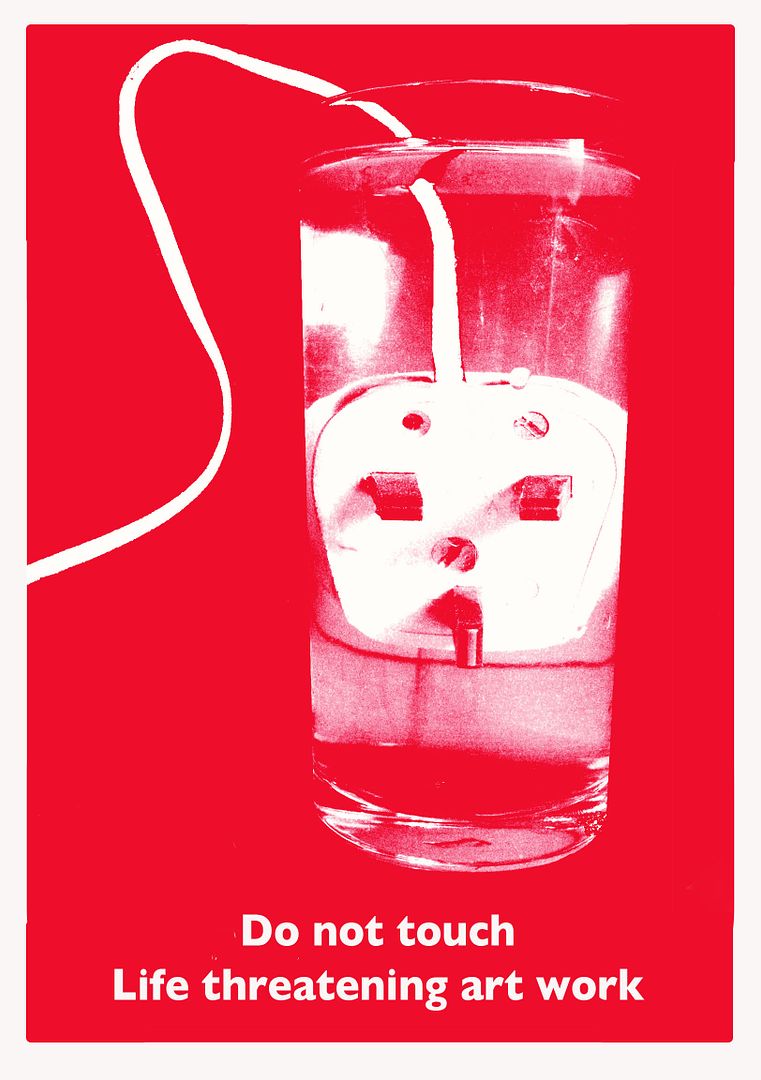
I really wanted some sort of witty pun at the bottom I think this is good. It kind of applies to all of them so I could just put it on all my signs. I'll put the rest of them on here when I've finished them all.
So much to be getting on with...!
Theodora
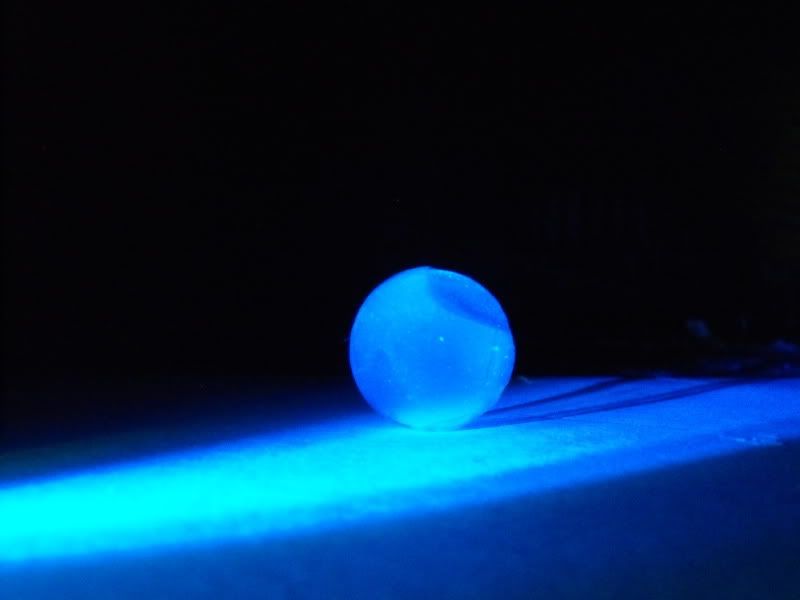
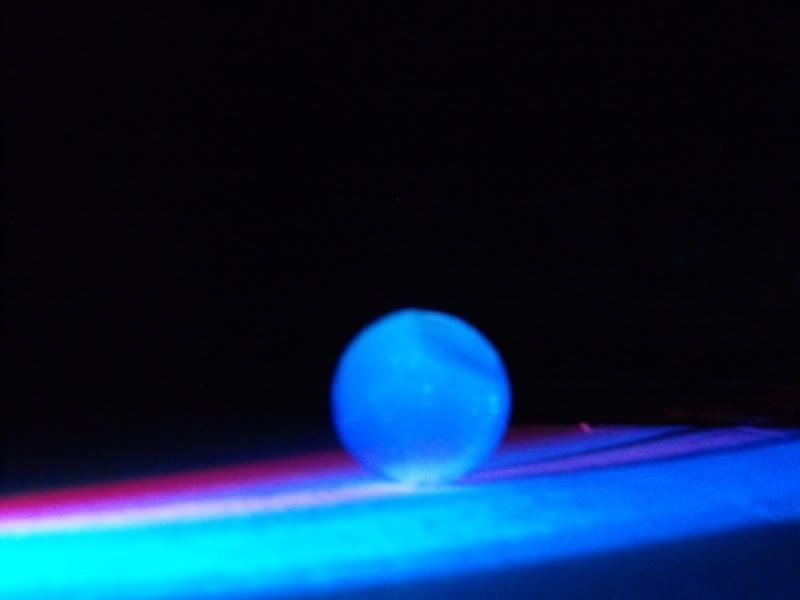

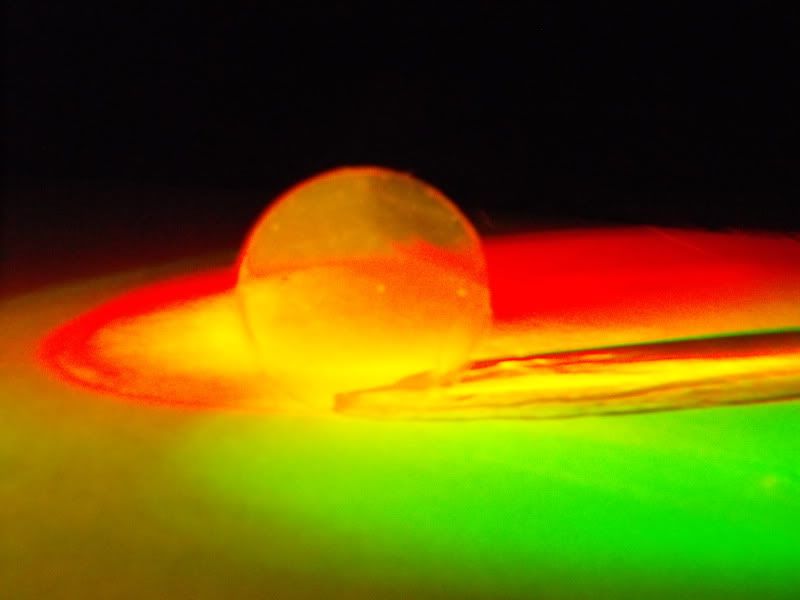

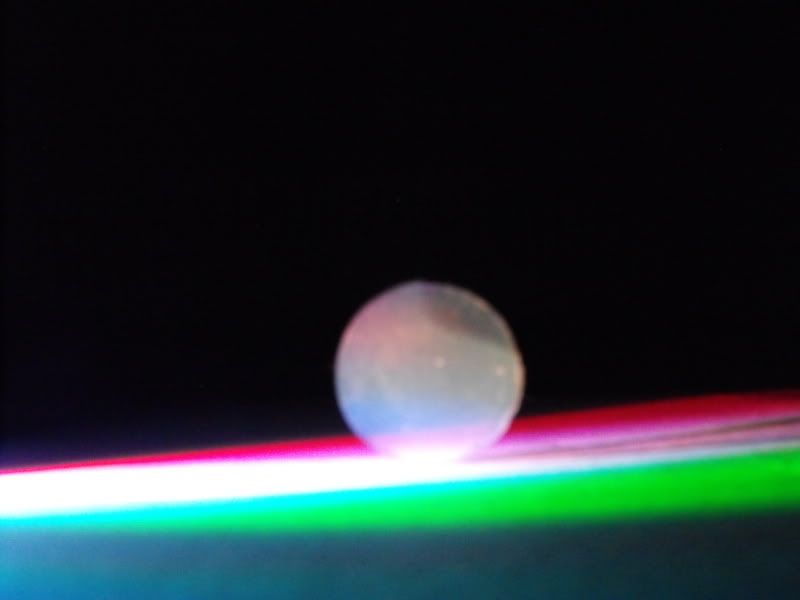
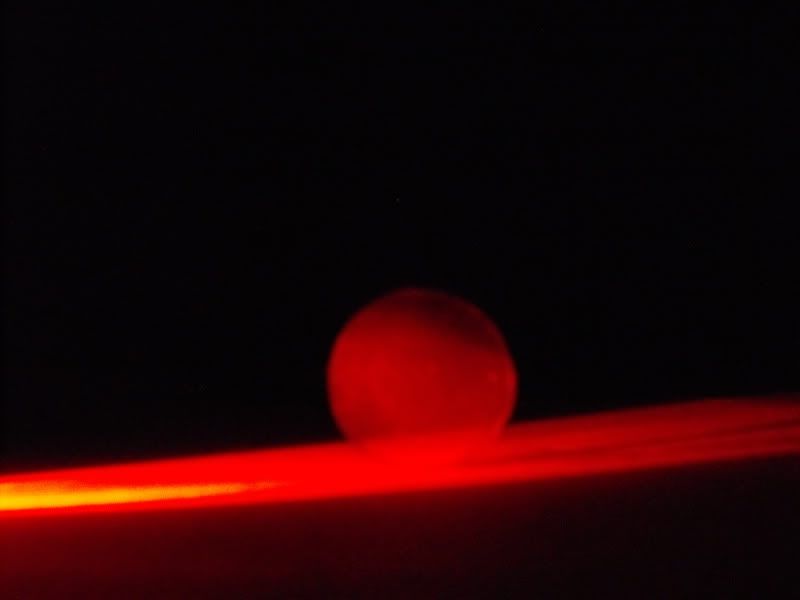
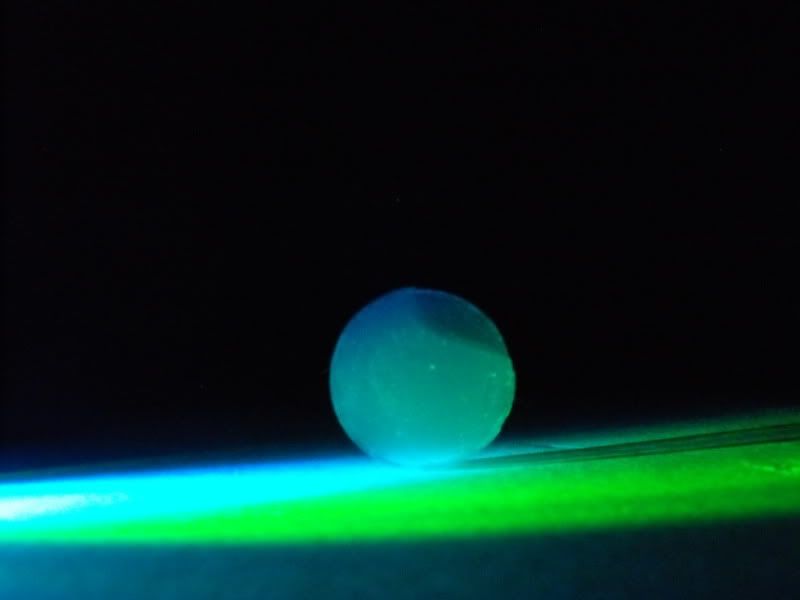

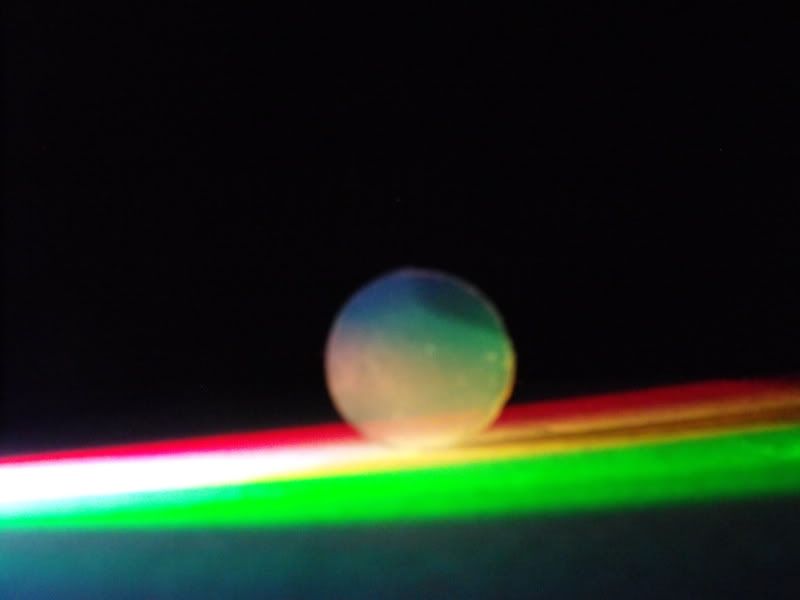
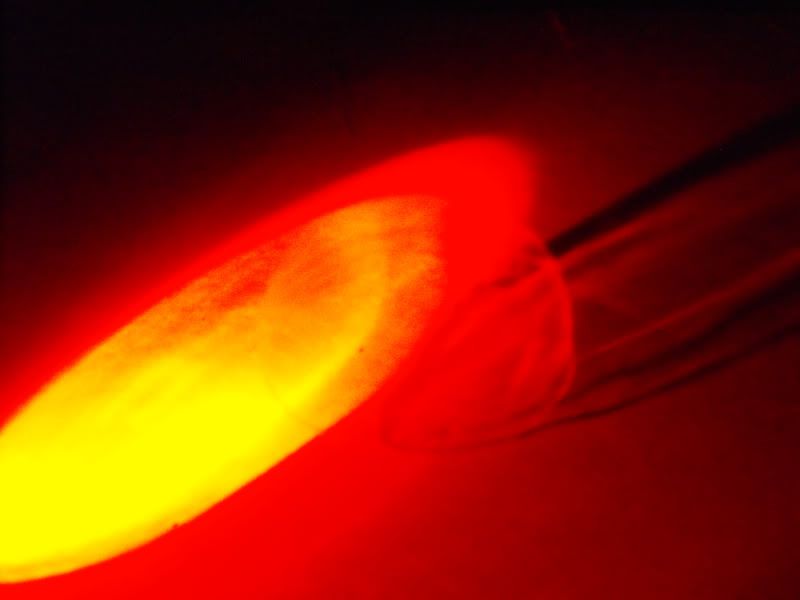

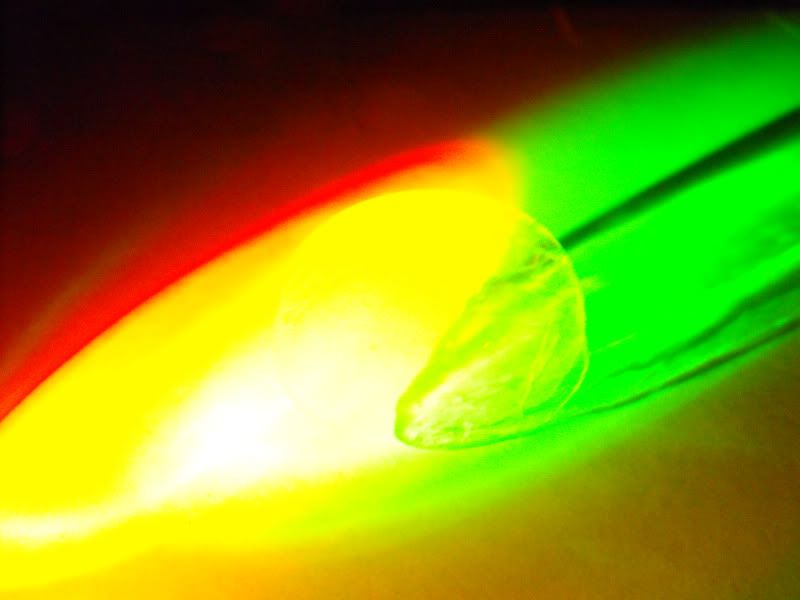
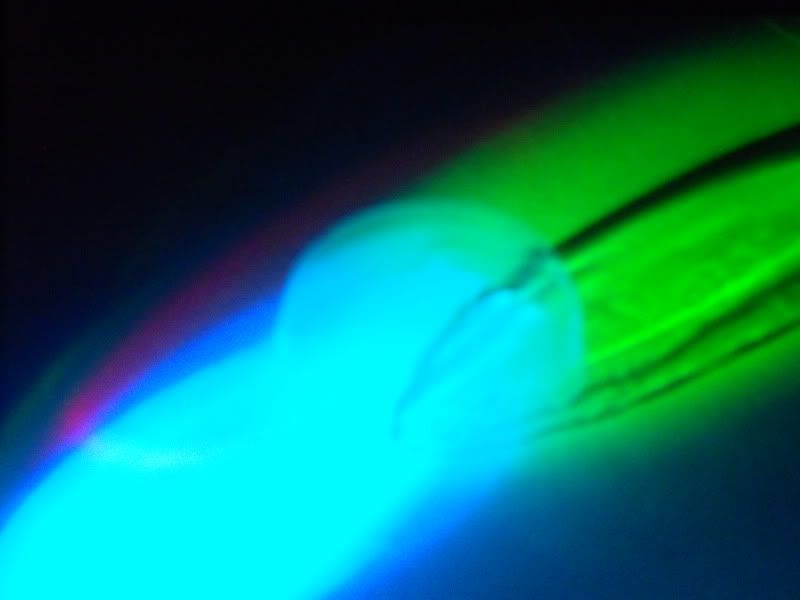
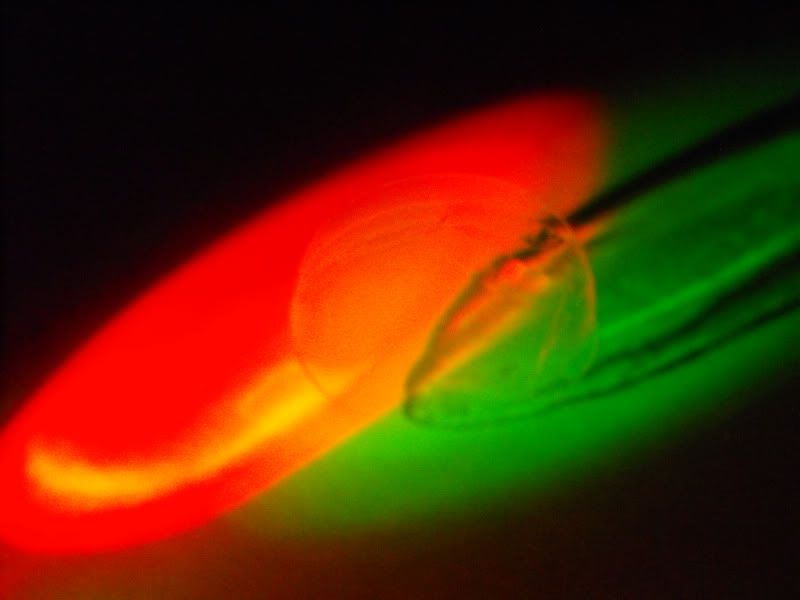
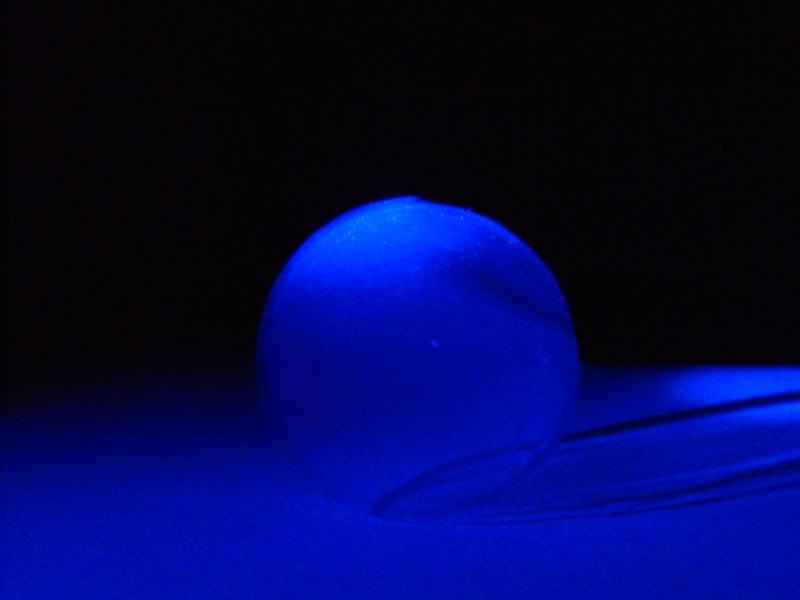
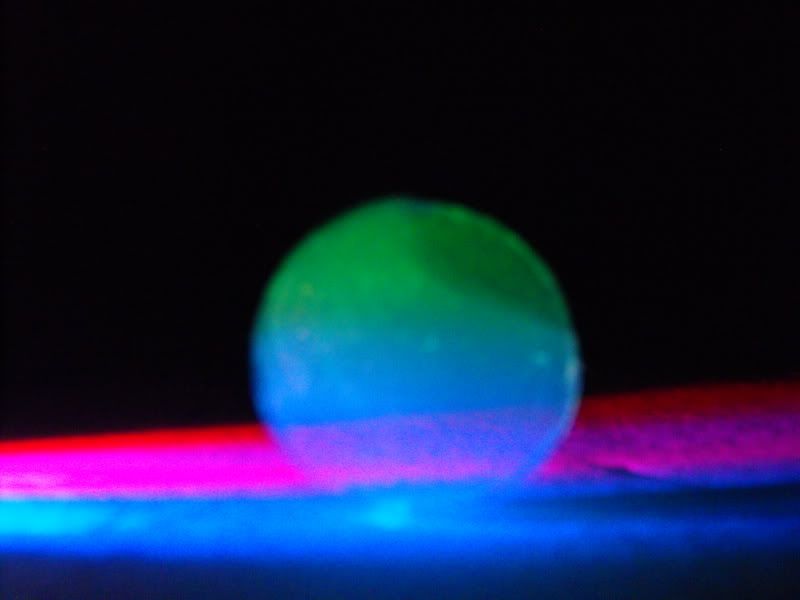

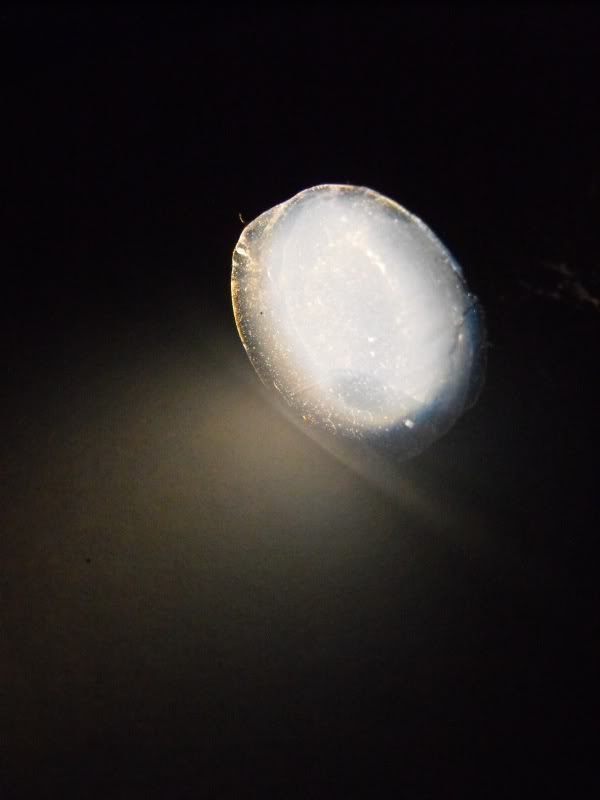
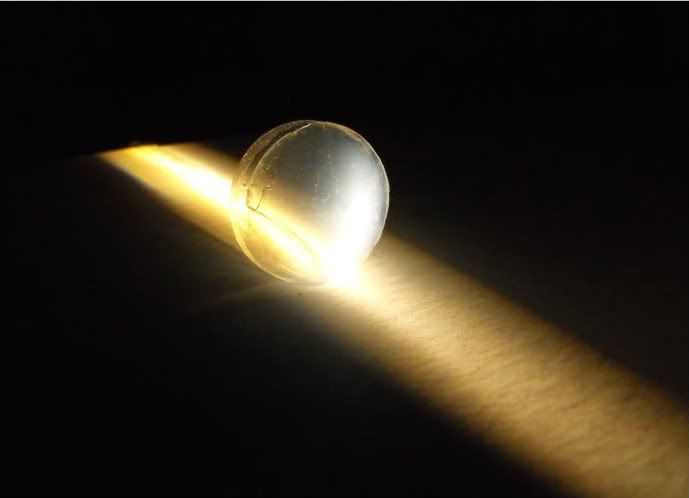
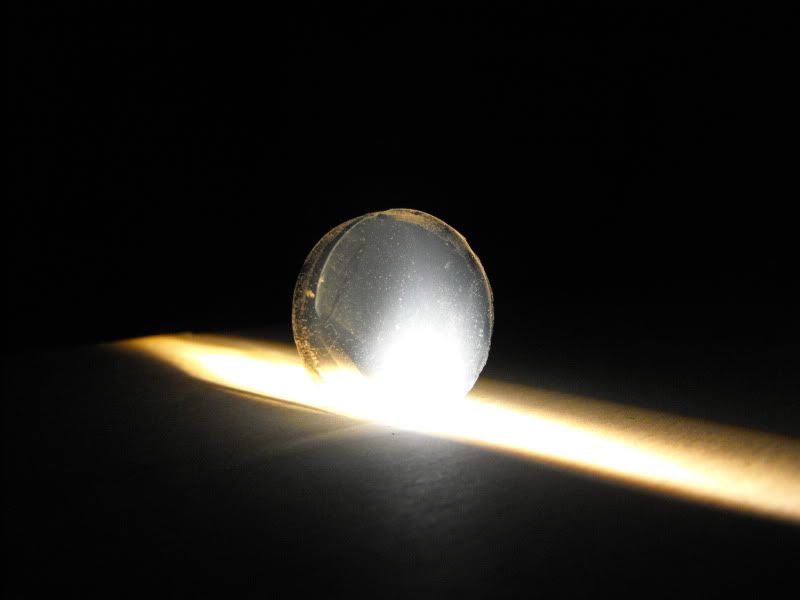
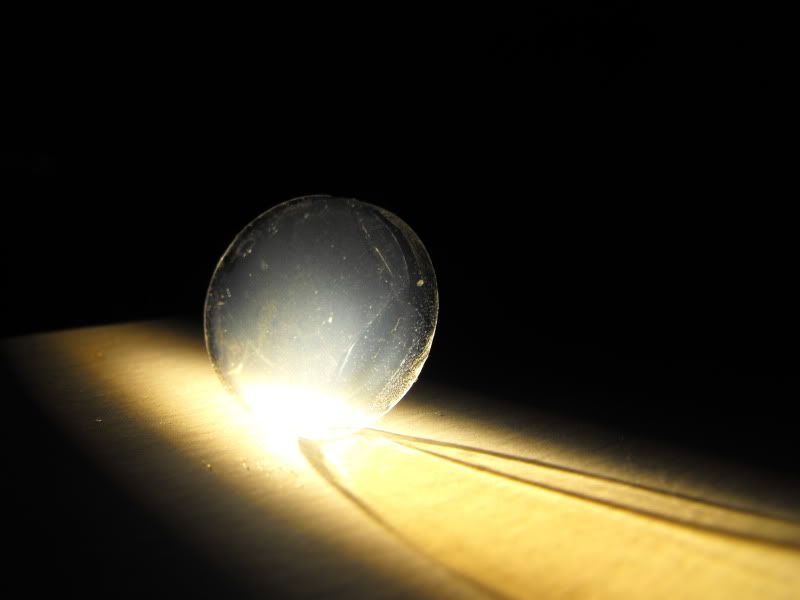

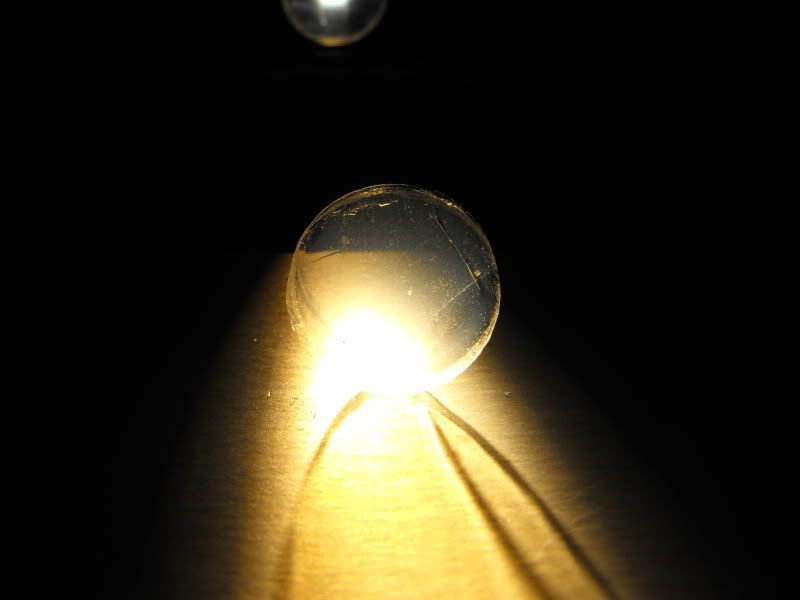

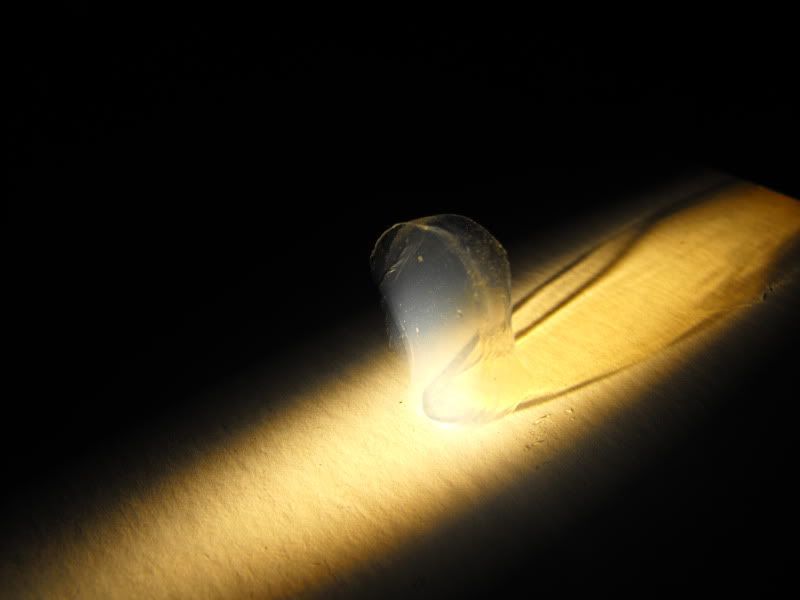
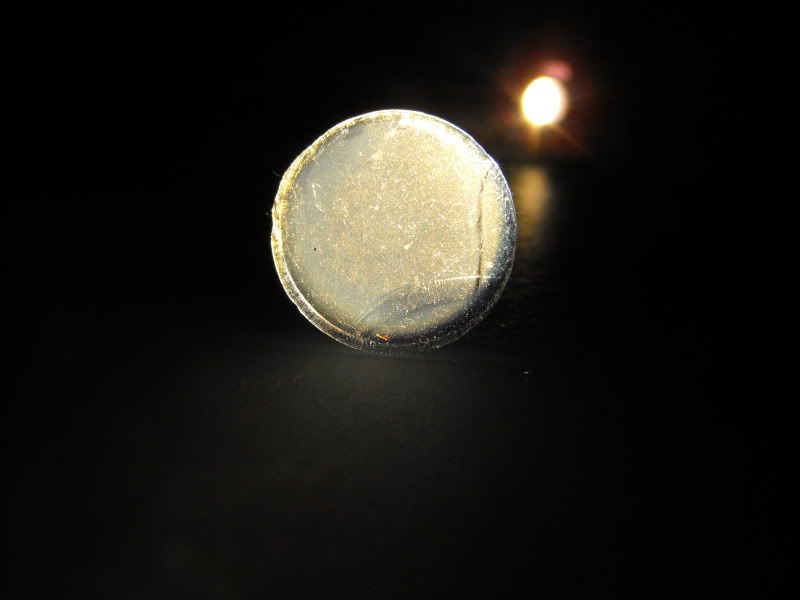
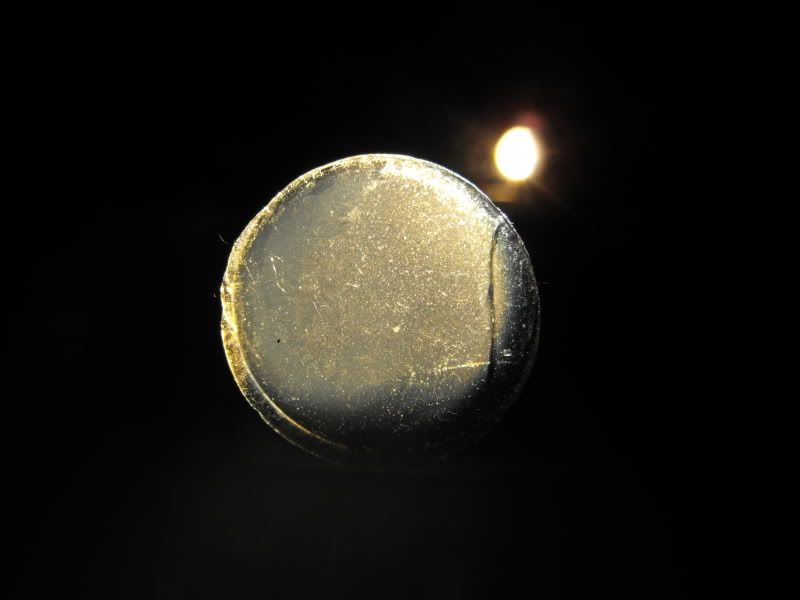


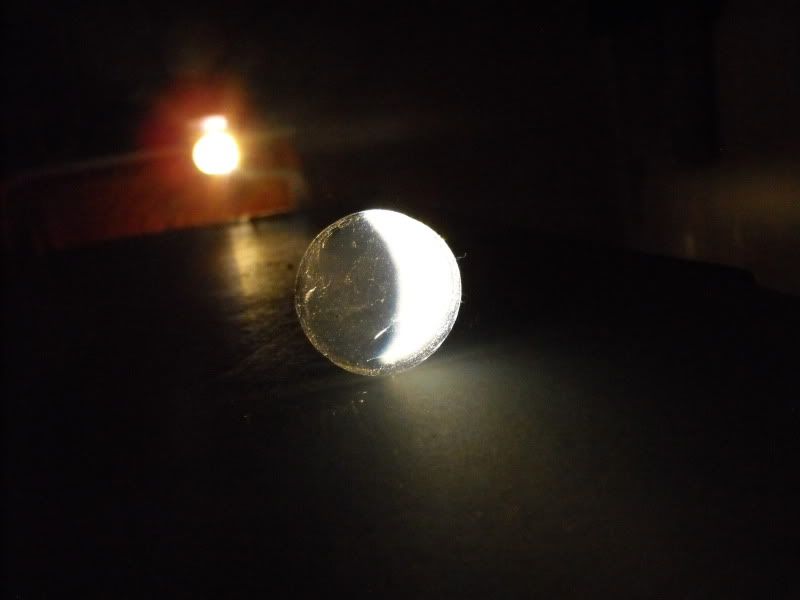
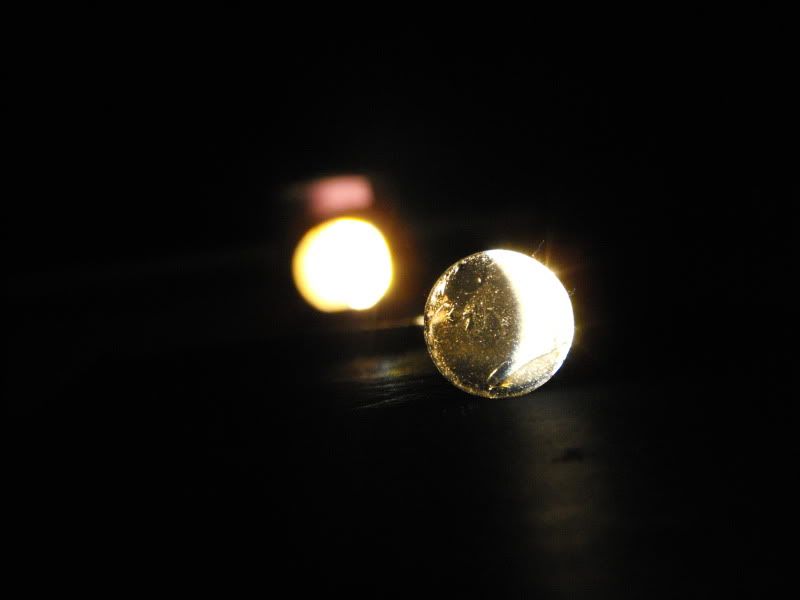
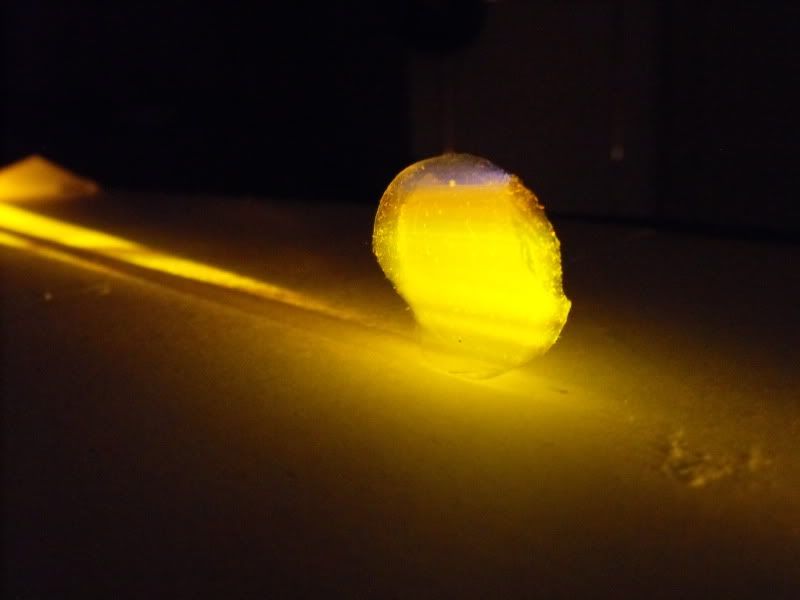
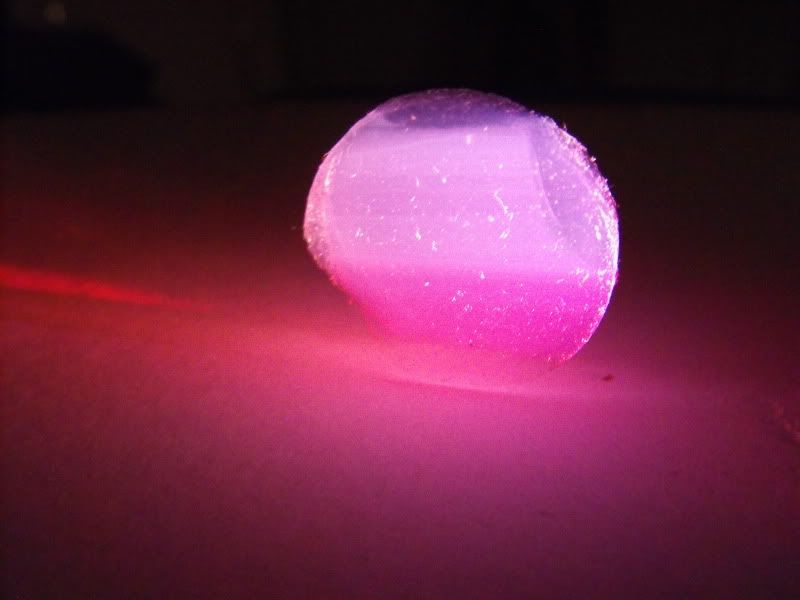
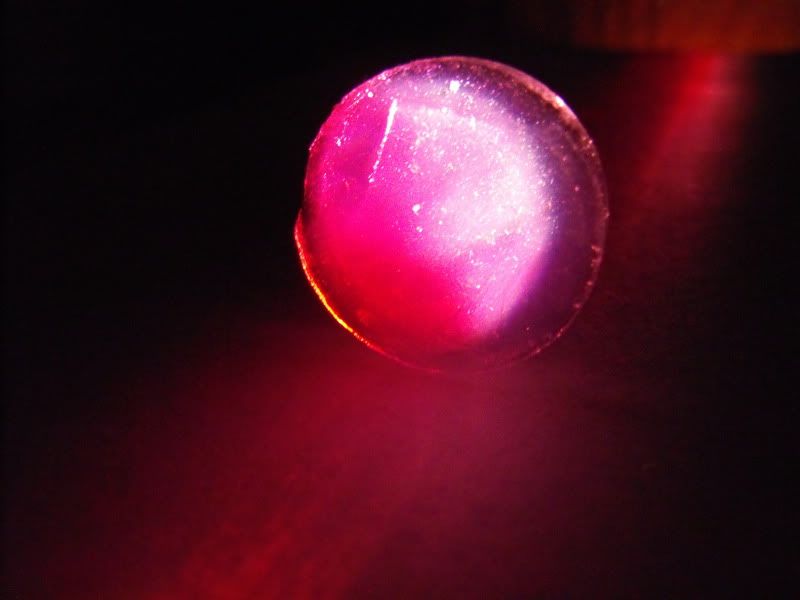


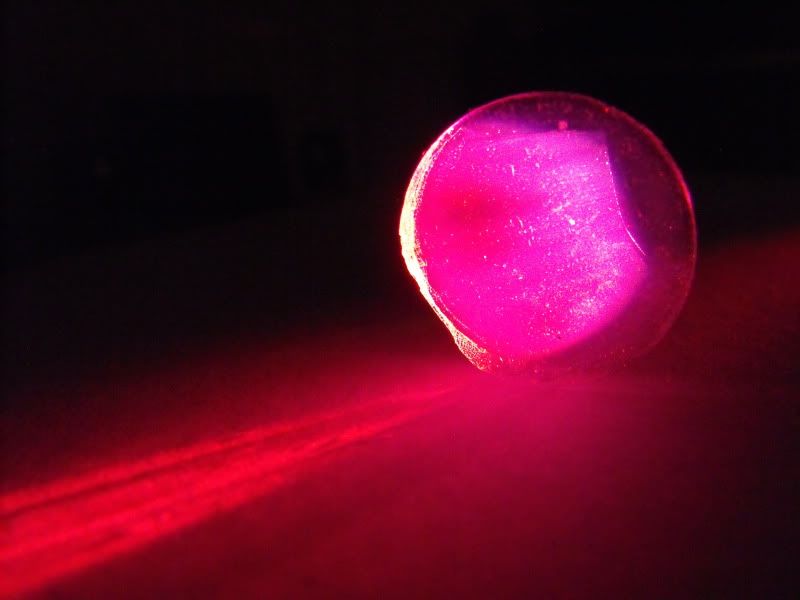


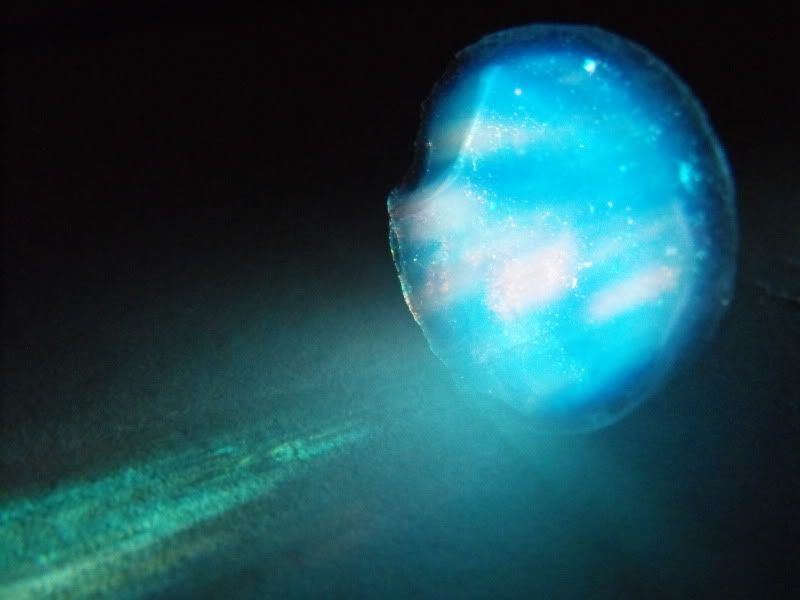
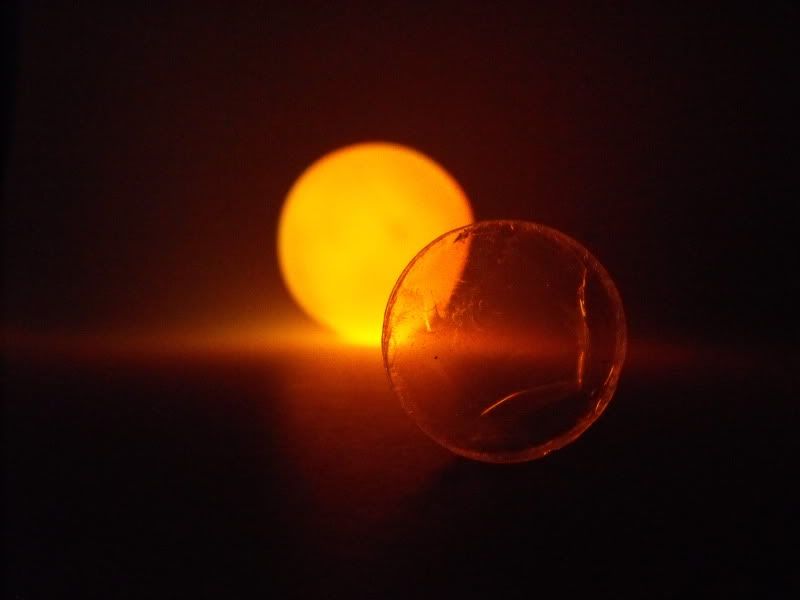
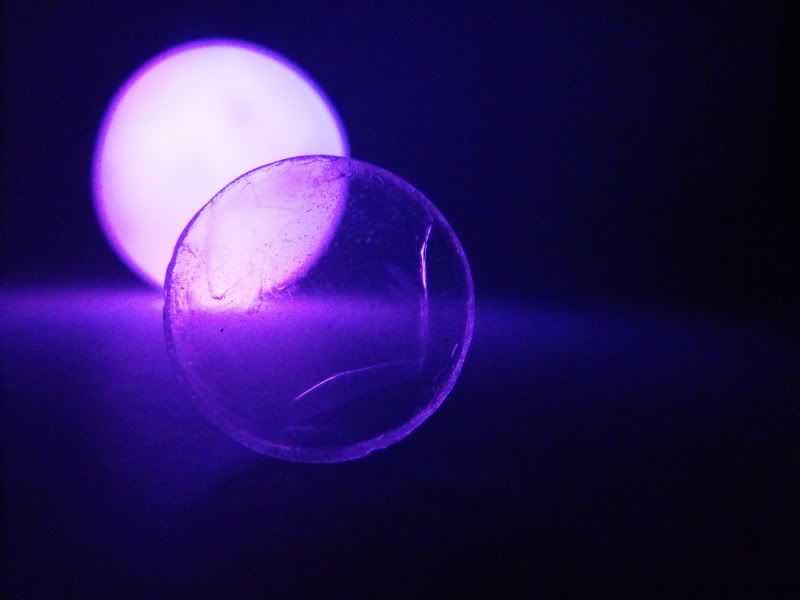
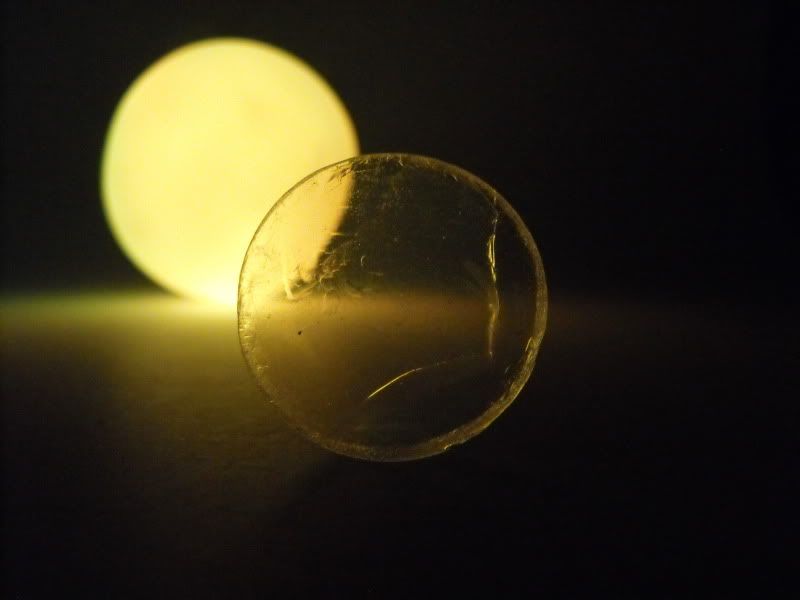
Oh Thee I am so awed by what goes on in your brain! I have no idea what an aerogel is...but I love all the stuff, espesh. the coloured torch/OHP thing, I think blurriness is a good thing for some of them. Positively magicalxxxxxx
ReplyDelete